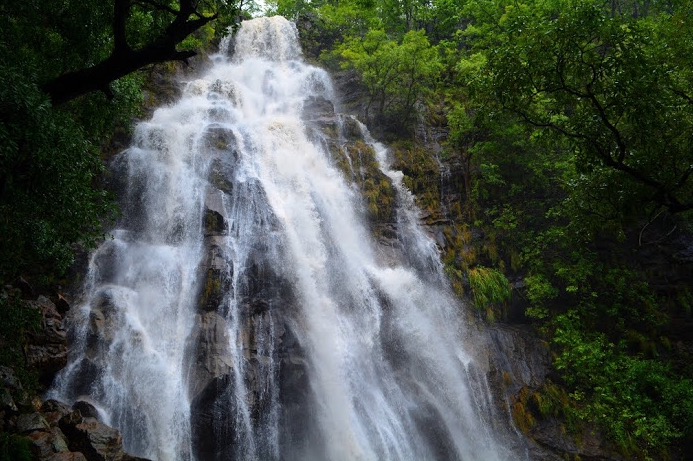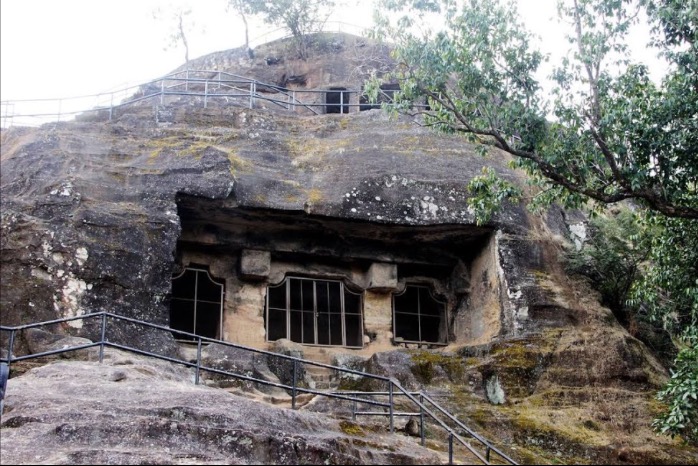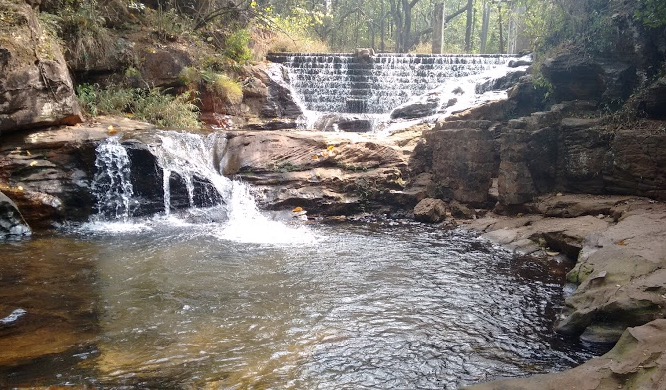Opinion
Pachmarhi: India's best kept hill station

ByShona Adhikari
Situated at a height of 1,100 m, Pachmarhi is the sole hill station in Madhya Pradesh. And we owe its discovery to an enterprising British officer. It was in 1857 while exploring the Satpura range with his troops on the way to Jhansi, that Captain James Forsyth of the British Army came across this plateau. Realising the potential of the area as a health resort, the British -- who were always on the look out for cooler climes -- lost no time in developing the region as a sanatorium for British troops in what was then known as the Central Provinces.
Despite the changes seen at most hill stations in the country, Pachmarhi appears to have somehow retained much of its ambience of yore. The delightful little hill town still functions under the Indian Army’s Cantonment Board. And even though the names of various its locations have changed, facilities both old and new continue to be preserved and well-maintained.
Often referred to as ‘Satpura ki Rani’, Pachmarhi can easily compete for India's best kept and prettiest hill stations. Though Its unhurried pace attracts a large number of tourists as well as pilgrims, there is a lot else here for the discerning traveller – forests of Sal trees, red sandstone hills, caves and cave paintings and picturesque pools and waterfalls.

The forest that surrounds Pachmarhi is also known for its rare varieties of plants. In May 2009, the area was added to UNESCO’s list of Biosphere Reserves, which includes three wildlife conservation areas -- the Bori Sanctuary, the Satpura National Park and the Pachmarhi Sanctuary.
There are numerous temples and churches with a number of fascinating stories linked to the the area. For instance, the name Pachmarhi, can be translated to mean 'five dwellings' and refers to five caves with relief sculptures, located in the very heart of the hill station. Legend has it that the five Pandava brothers from the epic Mahabharata, are said to have stayed in these caves during their years of exile. The Mahadeo Hill, which owes its name to a temple dedicated to Lord Shiva, has a number of rock shelters with paintings that probably date as far back as 10,000 years. The drawings depict animals, dancing groups and men with bows and arrows.
The plateau on which Pachmarhi is located, has a large number of streams running across its surface, providing pools for bathing during the hottest summer months .There are many interesting walks and treks that can be made from Pachmarhi. Dhupgarh, at a height of 1350 m, is the highest peak of the Satpura Range and trekkers enjoy the climb up the steep road from Pachmarhi to reach some of the best views of the region. Besides the splendid views at sunrise and sunset, at night one can also see the lights of cities on the plain.

Chauragarh is one of Pachmarhi's important landmarks, at the highest point of this hill, is a huge marble image of Shiva, which had to be mechanically lifted almost a 1000 ft. up to the top. Climbing up to the temple is not easy but every year, on the night of Shivaratri, thousands of devotees climb the 1,100 steps to offer their prayers to Shiva.
One of the most important water falls in the region and a place of great scenic beauty is Duchess Falls, now renamed Jalavataran, is reached after a steep climb of almost 4 km. While this is the remotest waterfall in the region, it is undoubtedly the most beautiful !
Among the other notable waterfalls is Bee Fall, named thus as cascading water from a distance sounds like bees buzzing around a hive. A half kilometre down a footpath takes you to Saunder's Pool - now known as Sundar Kund - an extremely popular place for a dip and a picnic.

There are many more places to visit such as Jata Shankar – a sacred cave with a rock formation that resembles Shiva's matted locks reached by a flight of steps; Chhota Mahadeo is another spot linked to Shiva. A particularly lovely spot in the Jambu Dwip valley, is where water from two springs drip through the rocks overhead, forming a running stream.
The paintings seen in the ancient caves mentioned earlier, are mostly painted in red or white and are amazingly well preserved. Among the best rock paintings in the many rock shelters are those at the Mahadeo Cave, located six kilometres from the centre of town,. This rather deep cave can be reached by climbing down a short ladder, from where there is an underground passage to another cave.
At Harper's Cave a painting depicts a man playing an instrument that resembles a harp. Another cave named Bhrant Neer, has steep rocks that are popular for climbing as well as shelters with animal paintings. A narrow footpath leads to another set of interesting caves. This is where we get a glimpse of early man – the paintings here show animals and archers sporting long hair tied in buns and hooped earrings!
Shona Adhikari is a lifestyle and travel columnist.
(This article is a website exclusive and cannot be reproduced without permission of IANSlife)


